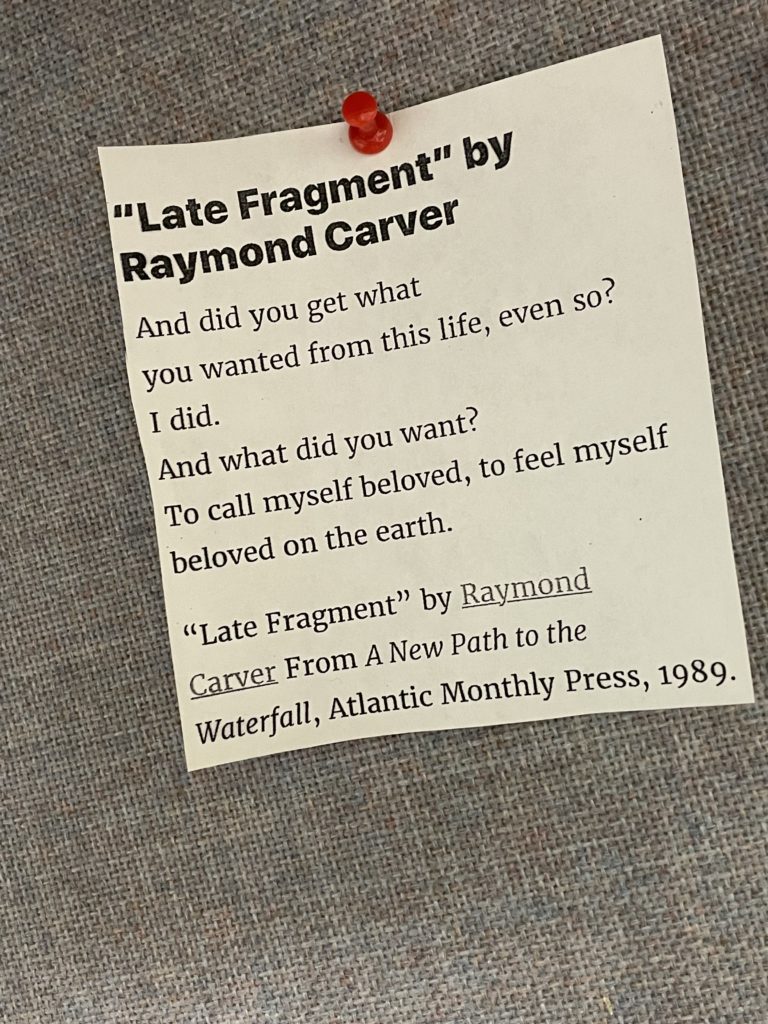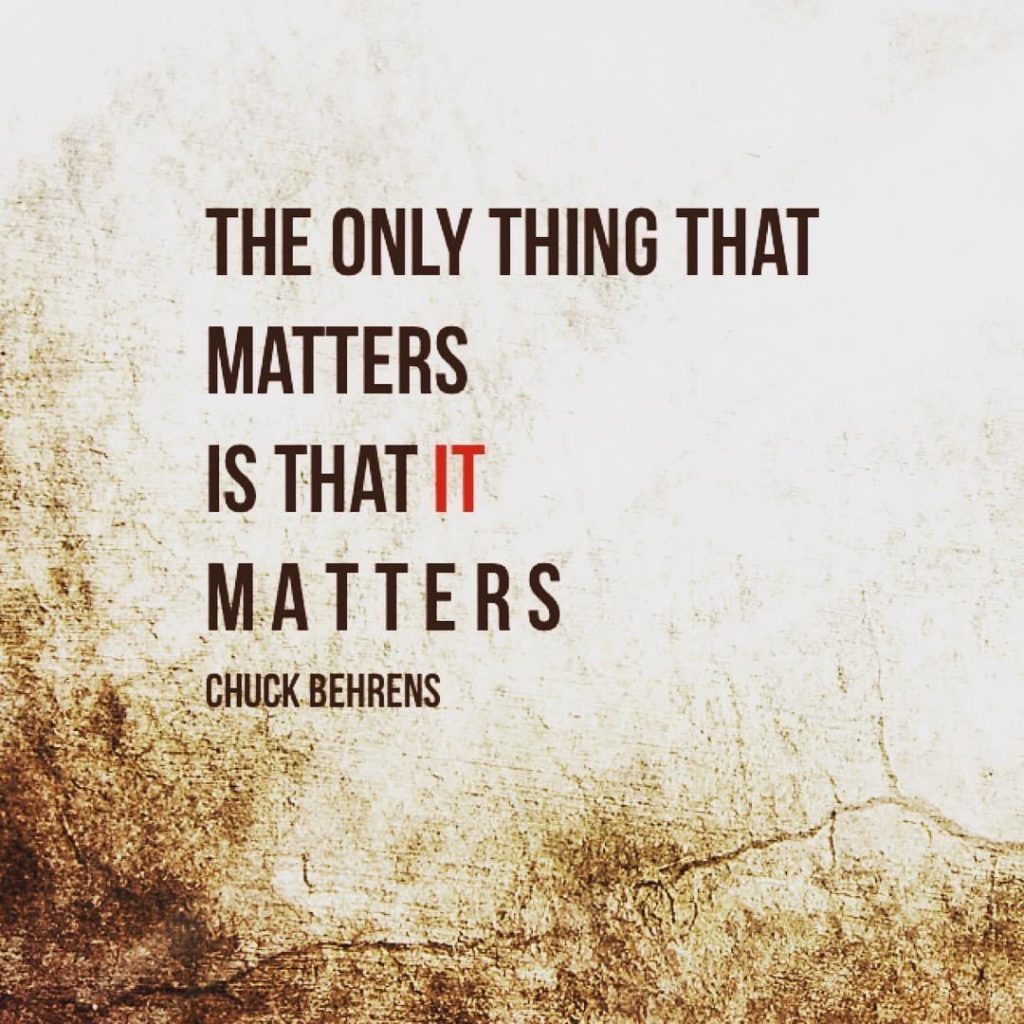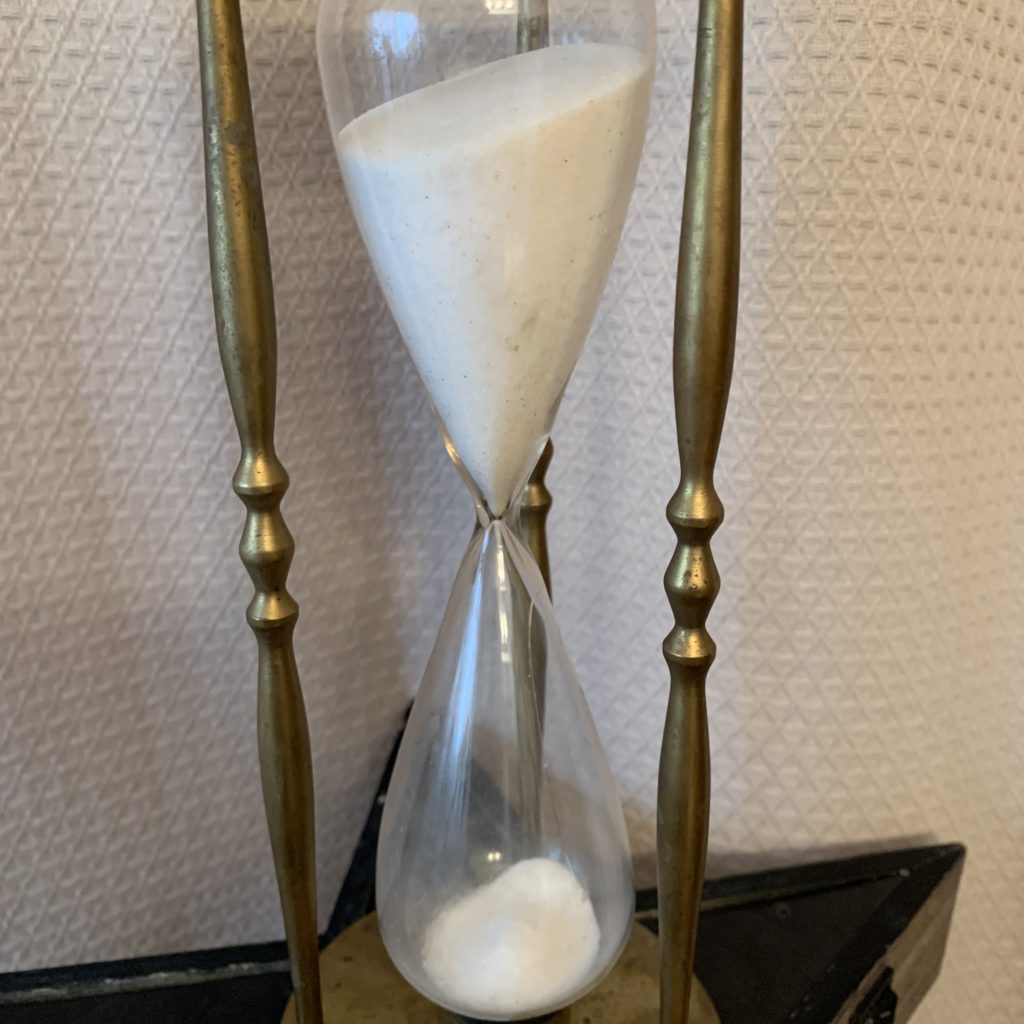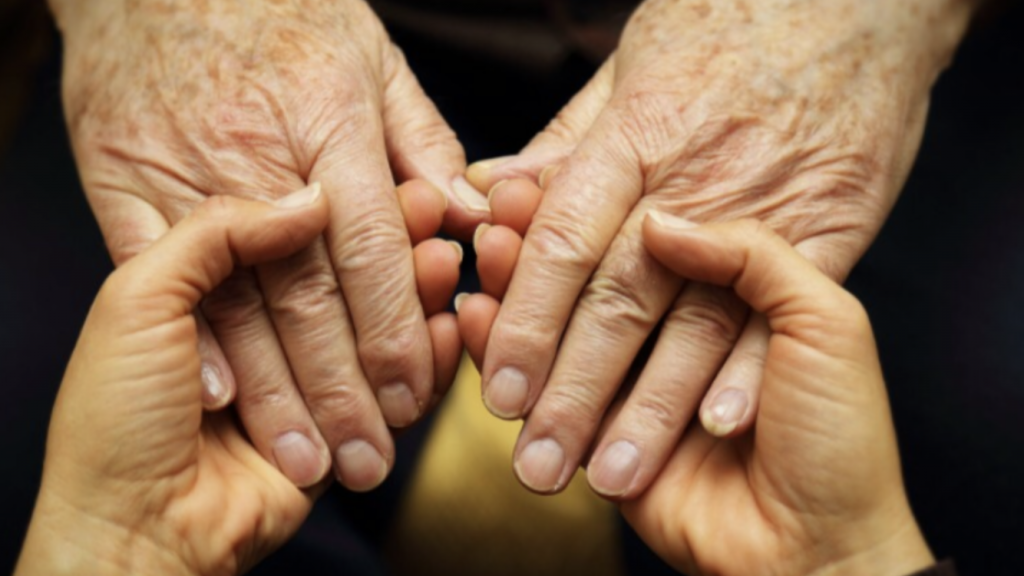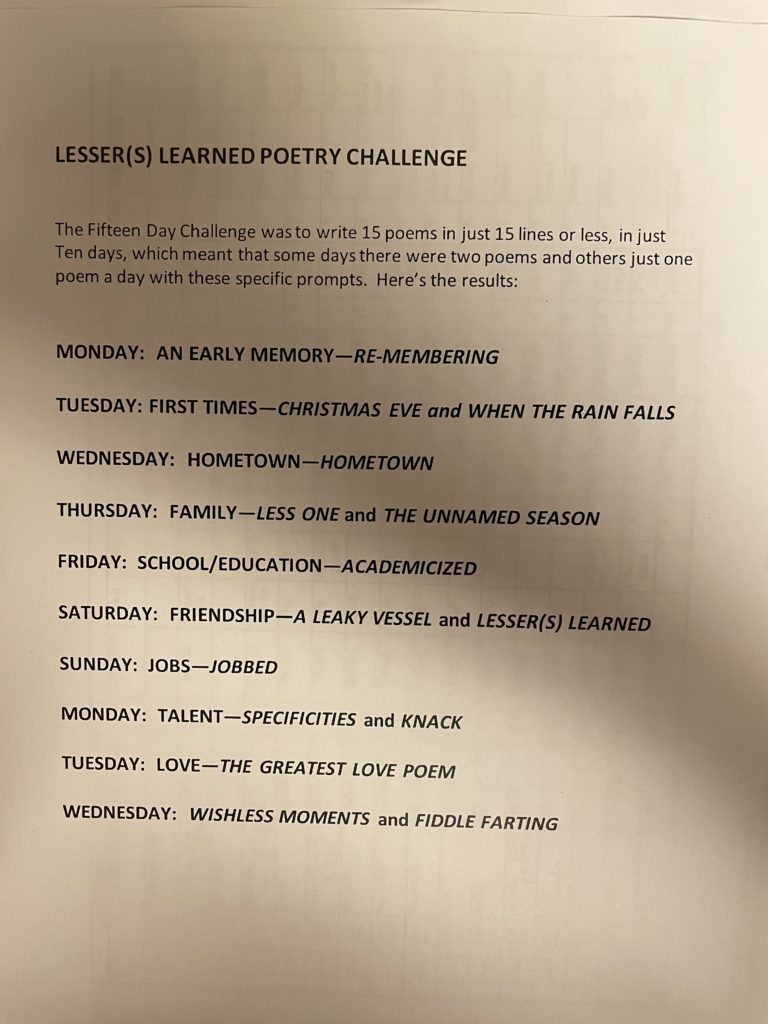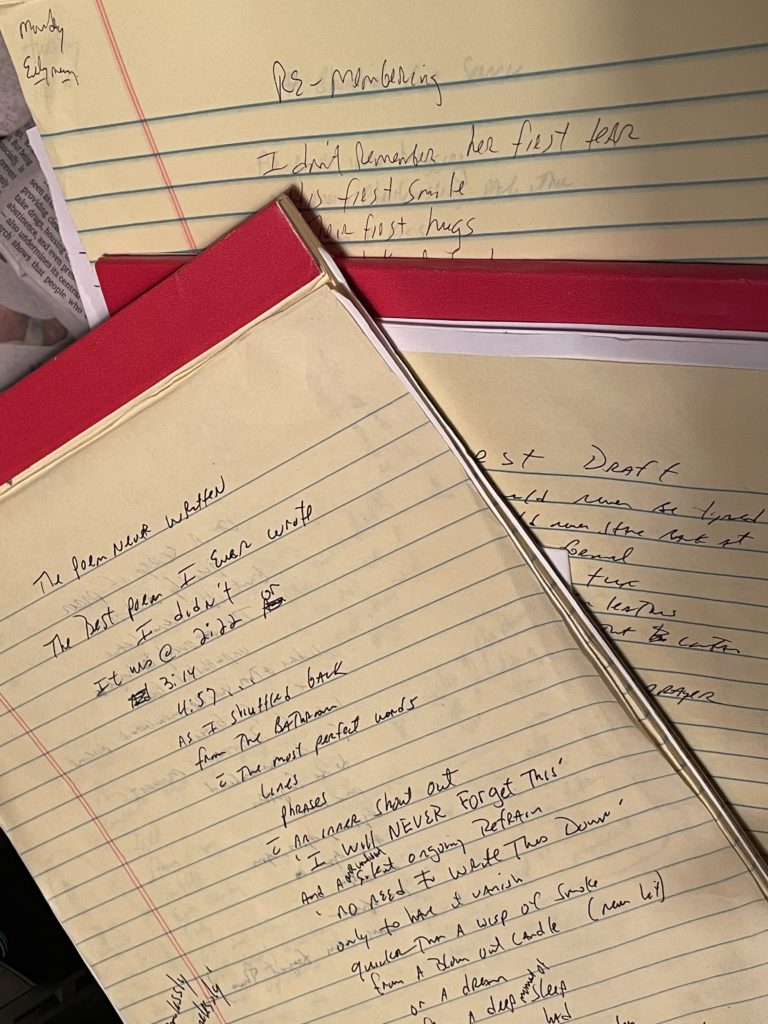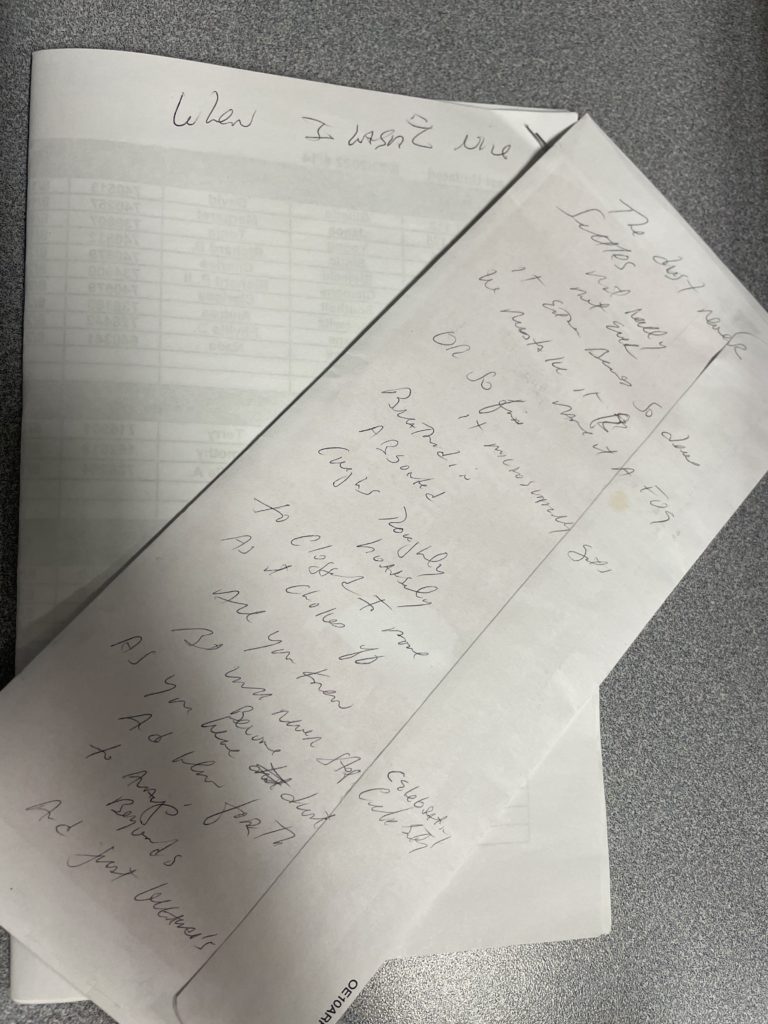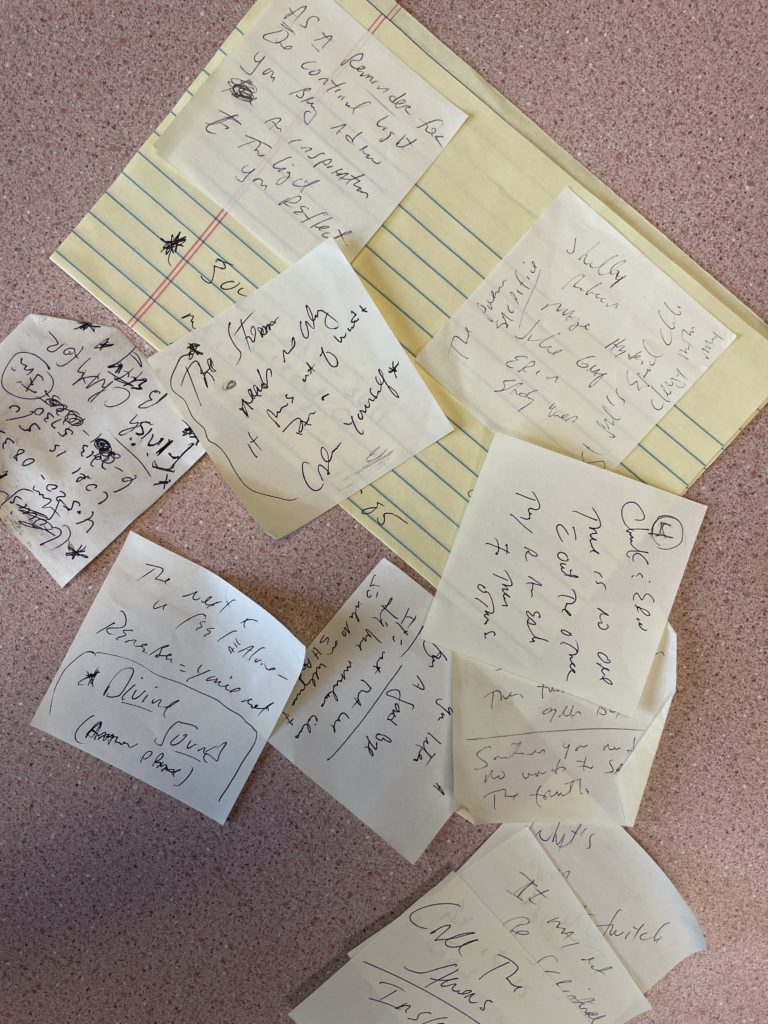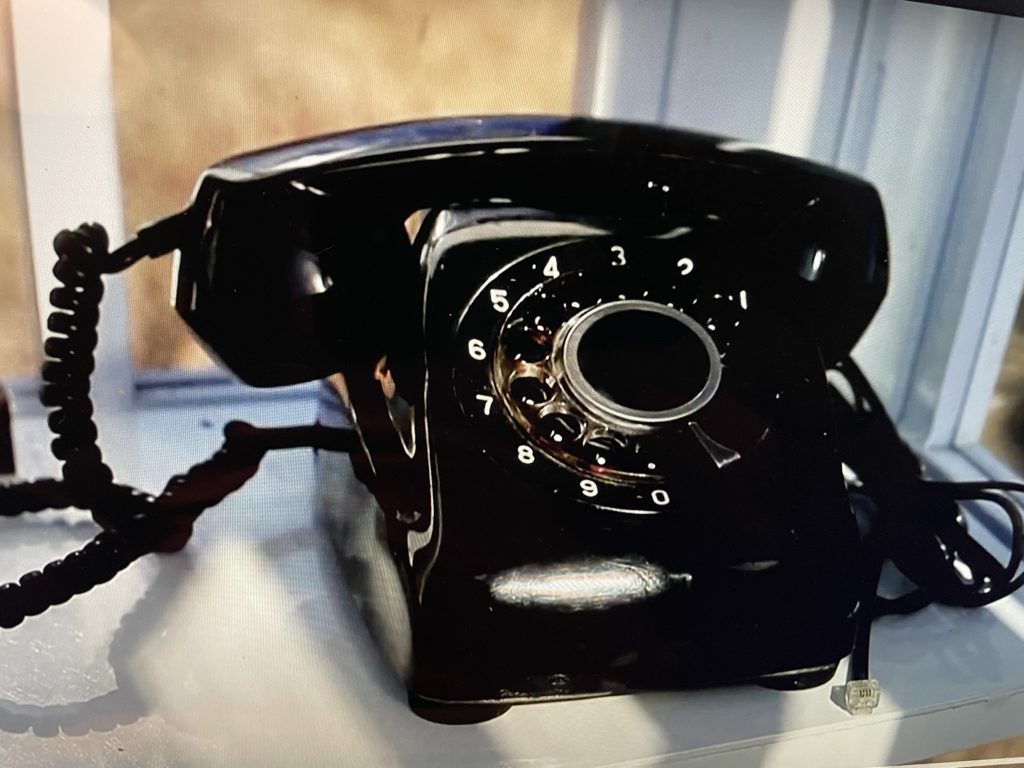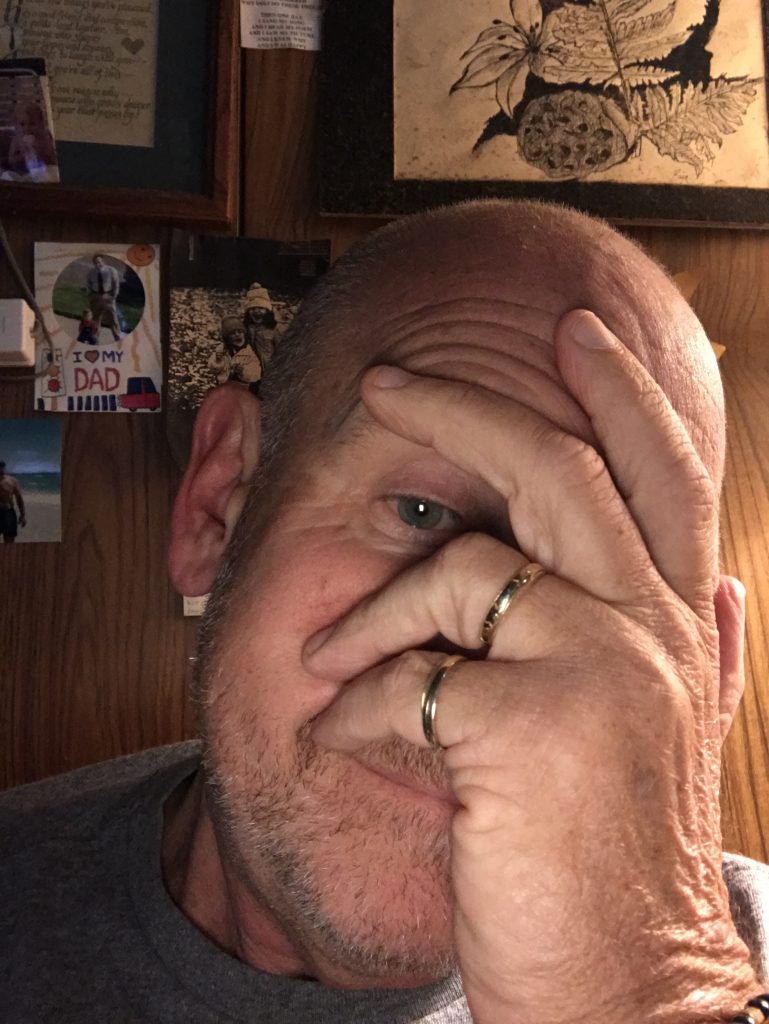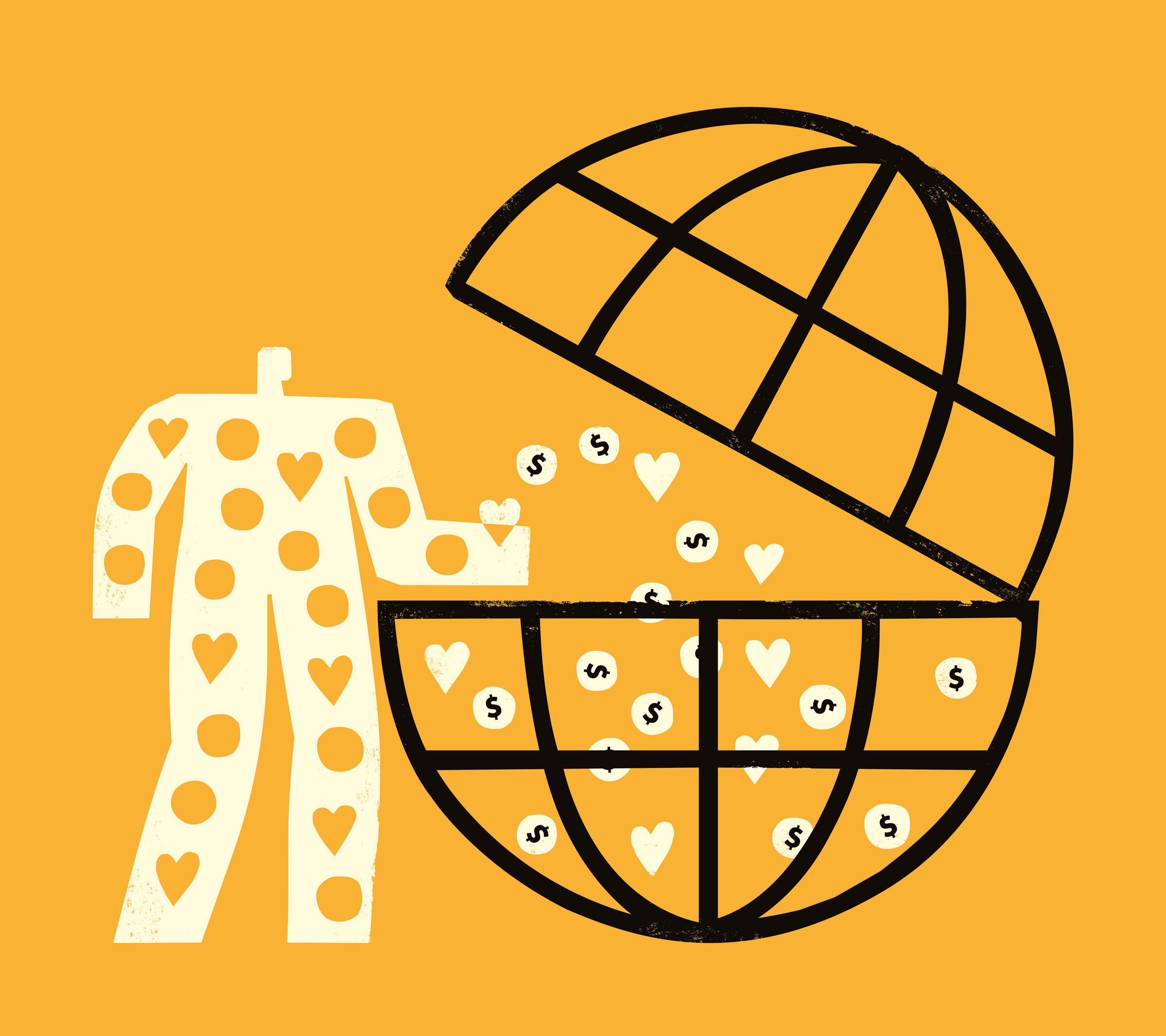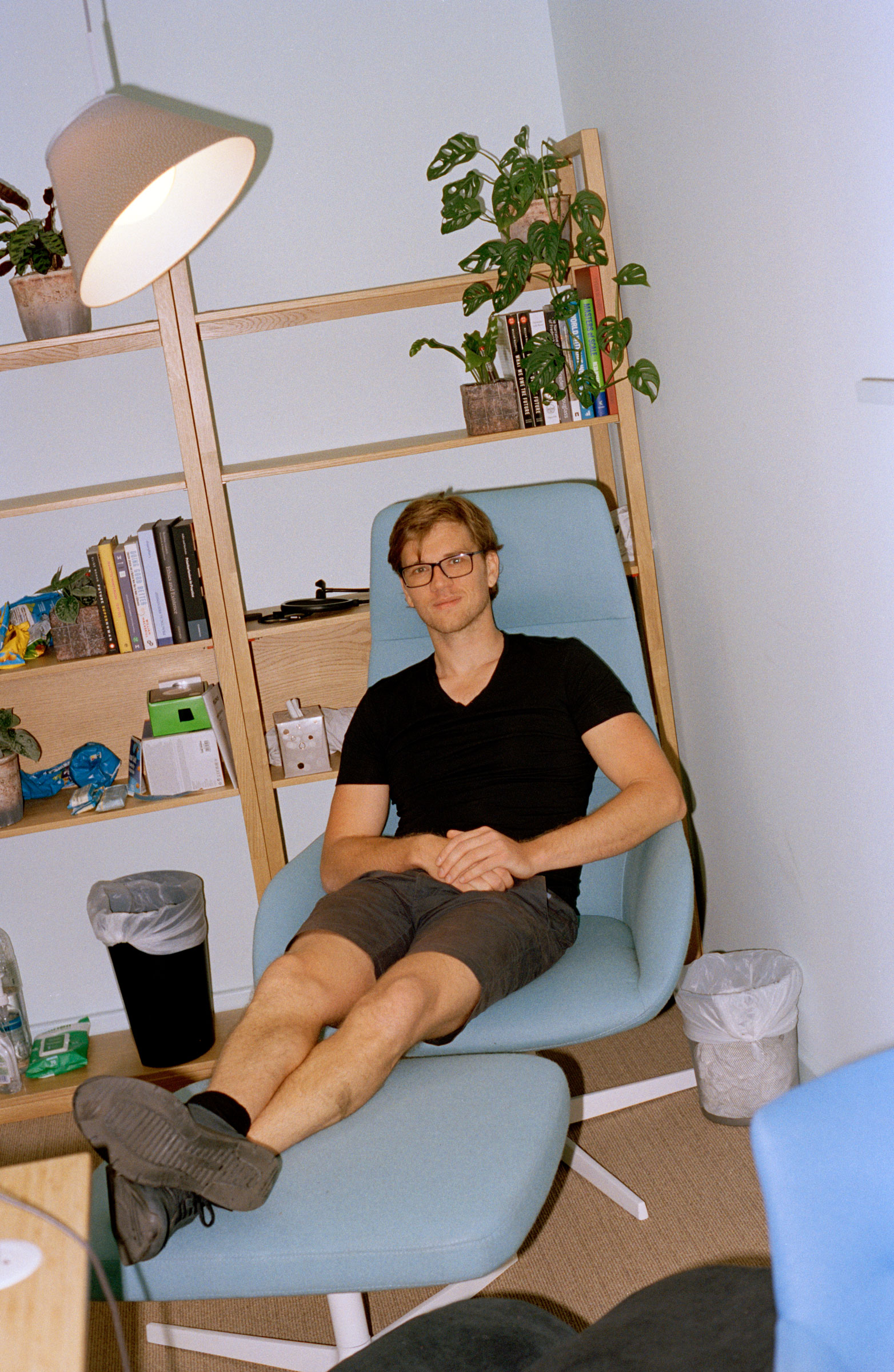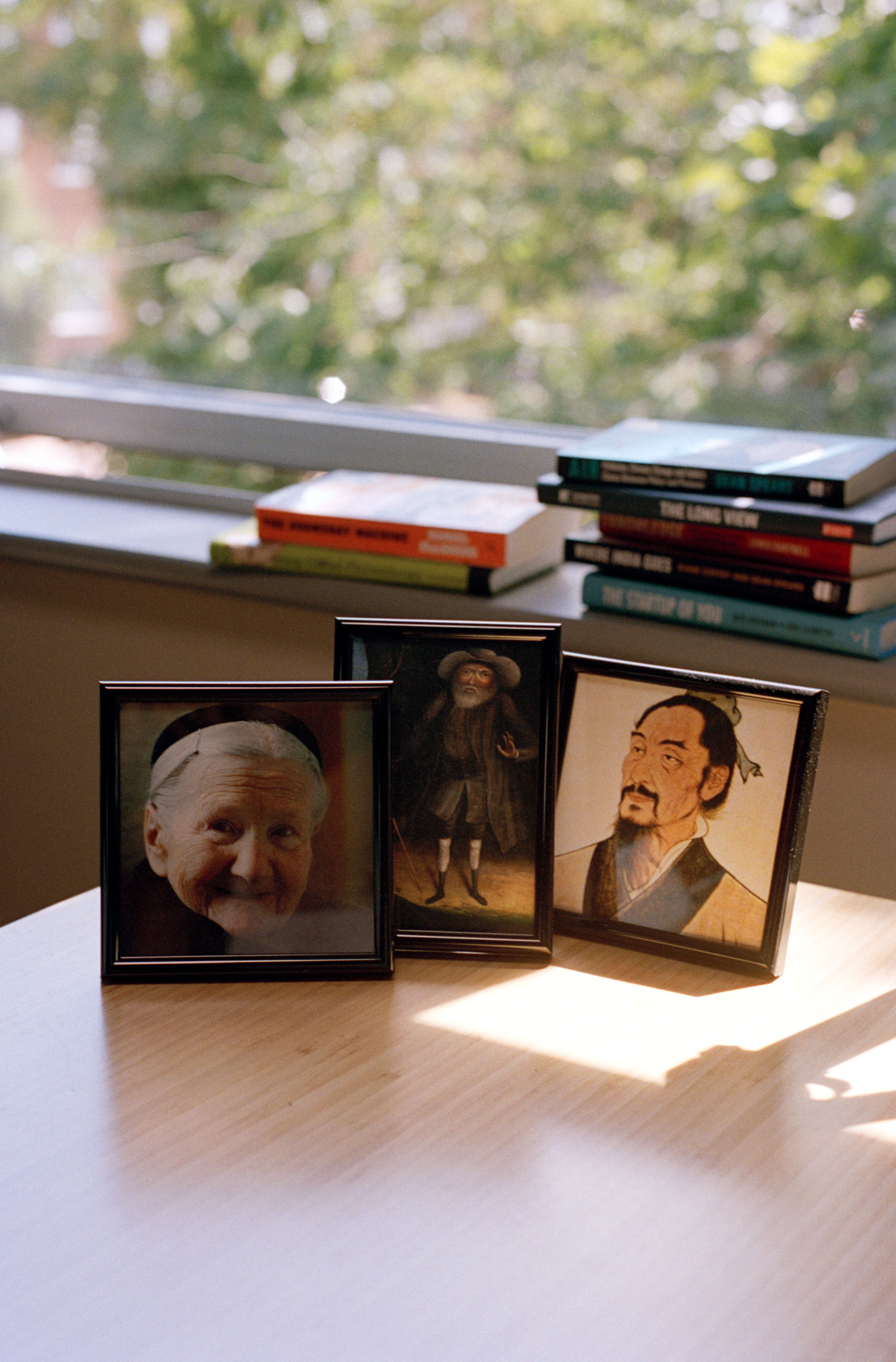There always seems to be this line in the sand that signals
THE FINISH LINE
. . .Pssssssssssssssssssssssssssssssssssssssst:
IT DOESN’T EXIST
I recently came across a beautiful poem by Tara Mohr that makes you understand better than any particular Blog Post. . .
It really got my brain cells spinning until this sputtered out:
What I learned most
is that I didn’t learn much
What I learned
I most likely forgot
sometimes instantly
or at least forgot to
Remember
It wasn’t so much
Where are my Keys
Where’d I put my phone
Where’s the remote control for the tv
The big lessons learned
“Don’t worry, it will be ok”
“Be Kind”
“Don’t take things so personally”
“Love is all”
“What matters, Matters”
“One out of One of us dies”
These are the Lessons
I had to take remedial classes
over and again
And having past the Tests
written the Master Thesis
finishing the Doctoral Dissertation
how have I failed
to act as if I’ve never known
anything
to have to learn each of these lessons
once more
with the surprise of the pop quiz
given just for showing up
Damn It
What I have learned most
I didn’t Learn much
I won’t be commanded to repeat
to be held back
The Baccalaureate Ceremony
has already begun
Commencement can’t be altered or stopped
Graduated
To What
To Where
To a Newness
Known
just not fully re-membered
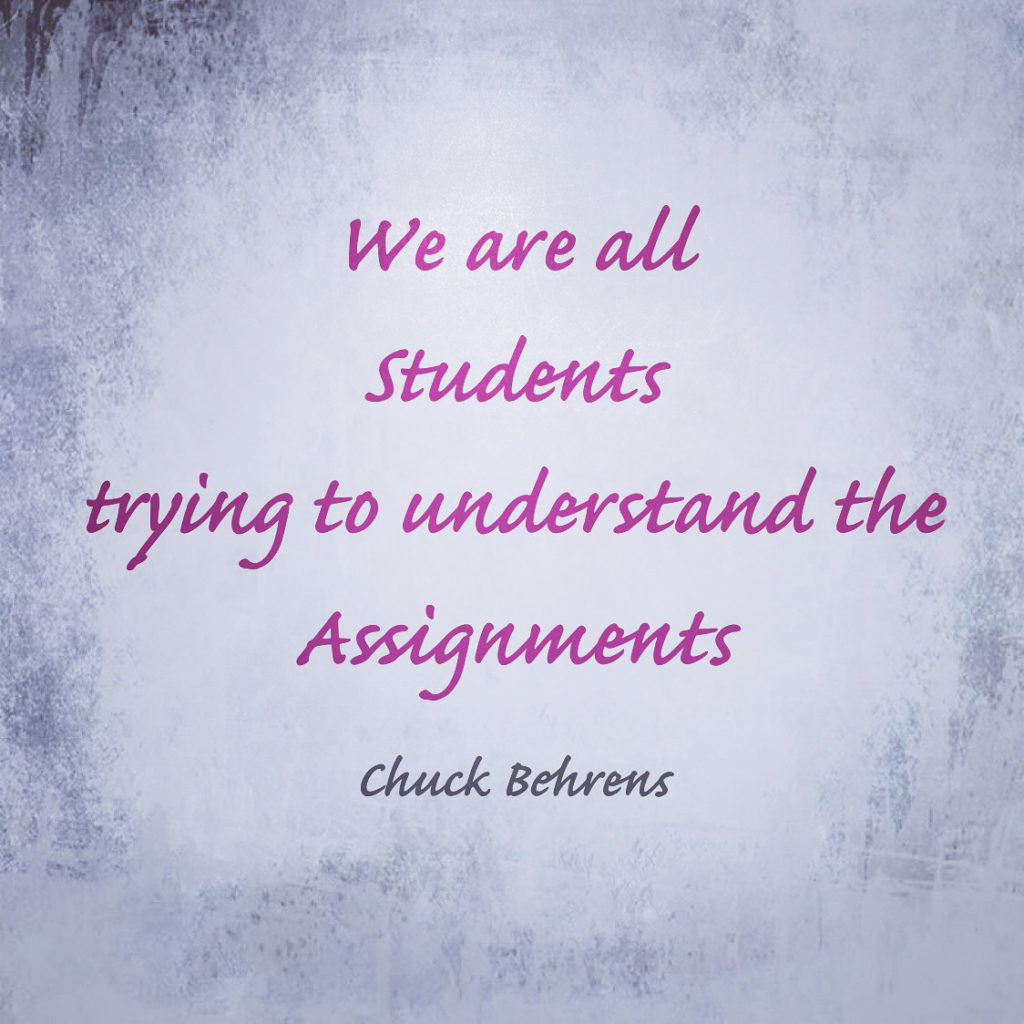 R E M E M B E R
R E M E M B E R

